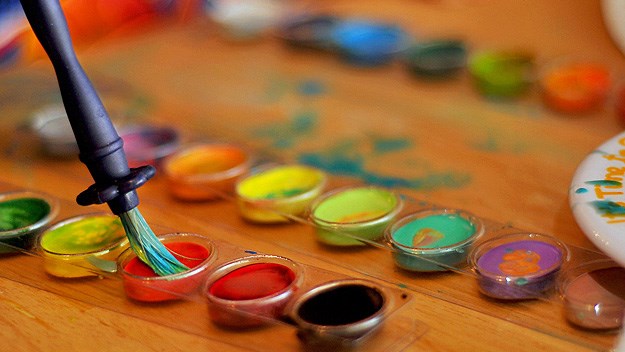Following an almighty ruckus over sharing toys, being whacked with parts of a construction set and falling apart over not being the first to brush her teeth, the littlest one, it seems, is having a tough time recently.
As she sat wailing on the bathroom floor desperate for her turn with a toothbrush, watching the eldest receive the devotion she wanted, my heart went out to all second children who receive a good deal less attention than the first.
So, in those rare, peaceful moments when the little one has my undivided attention, what should I do? How should I play with her? How can I make that moment count?
Jean Tessier, local early childhood educator, explained that although parents often worry about the lack of attention the second child receives, it’s not usually as bad as they think.
“It’s more natural to the youngest one. They’ve always had that older sibling and it’s always been that dynamic.”
It can even bring out some beneficial characteristics, she said.
“A lot of first children can be shy, anxious and need more one-on-one time… but the second is often more independent and more confident from the get-go.”
But if you are able to squeeze in some solo time, she said, it can be very valuable.
“Even if it’s just an hour or two walking down the street and going to the park, having that uninterrupted time is great.”
It’s an opportunity to really get to know your child individually, she explained, instead of together, which often happens when there’s more than one sibling.
When playing, she said, it’s all about playing at their level.
“It doesn’t really matter what the toys are. It’s like a parallel play; you’re just sitting down or lying down with them and watching. You don’t necessarily have to be talking back and forth, but almost observing and waiting for them to engage you in whatever they’re doing. It’s about just being there.”
The littlest is 16 months, which is a great age for sensory play, she explained, just try to avoid anything with a specific outcome as they’re unlikely to understand the steps.
Play-Doh is great, she suggested, as is simple glue, paper and feathers.
“Lay it out for them to explore. It’ll very likely make a giant mess… but it’s about open-ended play and exploration.”
Books are also a great option, she explained. Just sit with them and allow them to bring a book to you, then let them flip through the pages while you talk about what’s there.
“Songs are also awesome,” she added. And you needn’t be a nursery rhyme know-it-all – you can sing about anything from getting blocks to putting on coats and shoes.
“Singing is also a way of preventing or helping with the moment if a child is upset or really frustrated with something, or when you have to go outside and get dressed. If you sing what you’re doing it’s calming and can get you through a tricky situation. It also gives you the chance to take a moment and breathe.”
Songs also introduce little ones to the concept of language and you might even see them start to watch your mouth as you sing, she explained.
At the end of the day, all play is great, she said, and it doesn’t have to be limited to the indoors. We’re lucky enough to live in an area where there’s a great big playground outside waiting to explored. So put on your boots and coats, and make it an adventure together.




